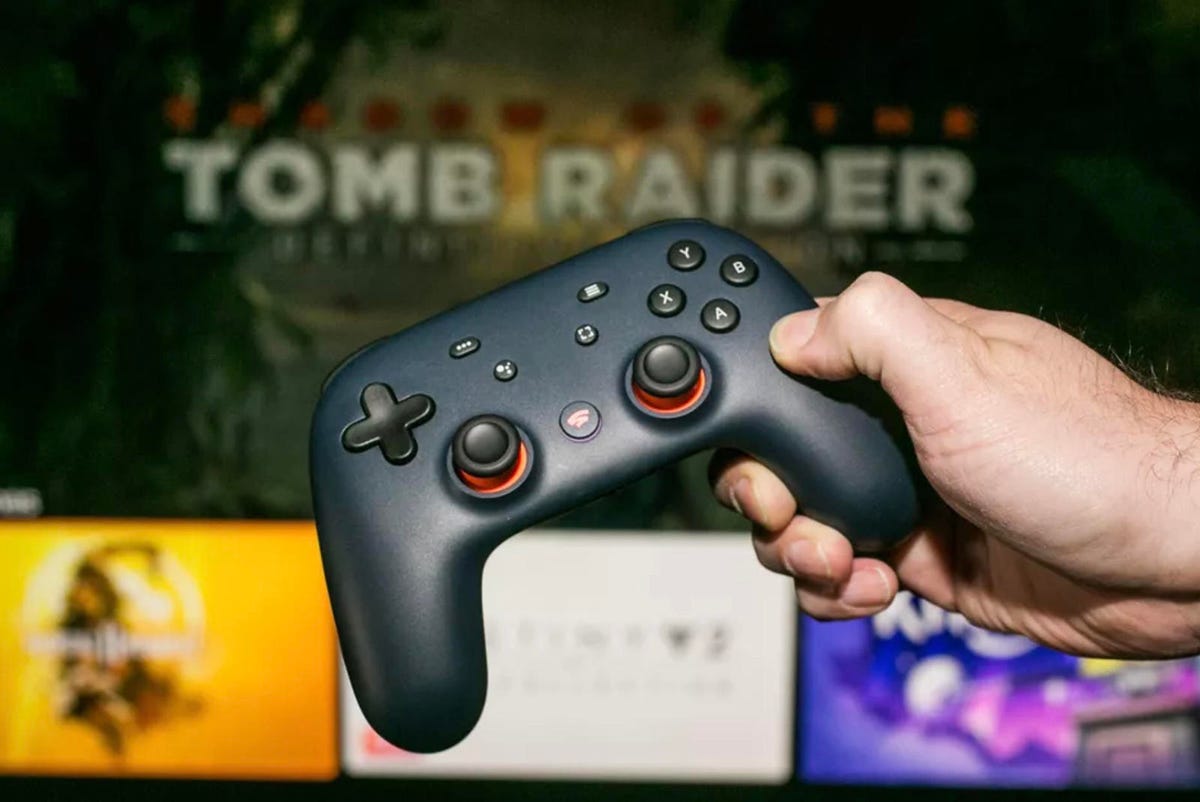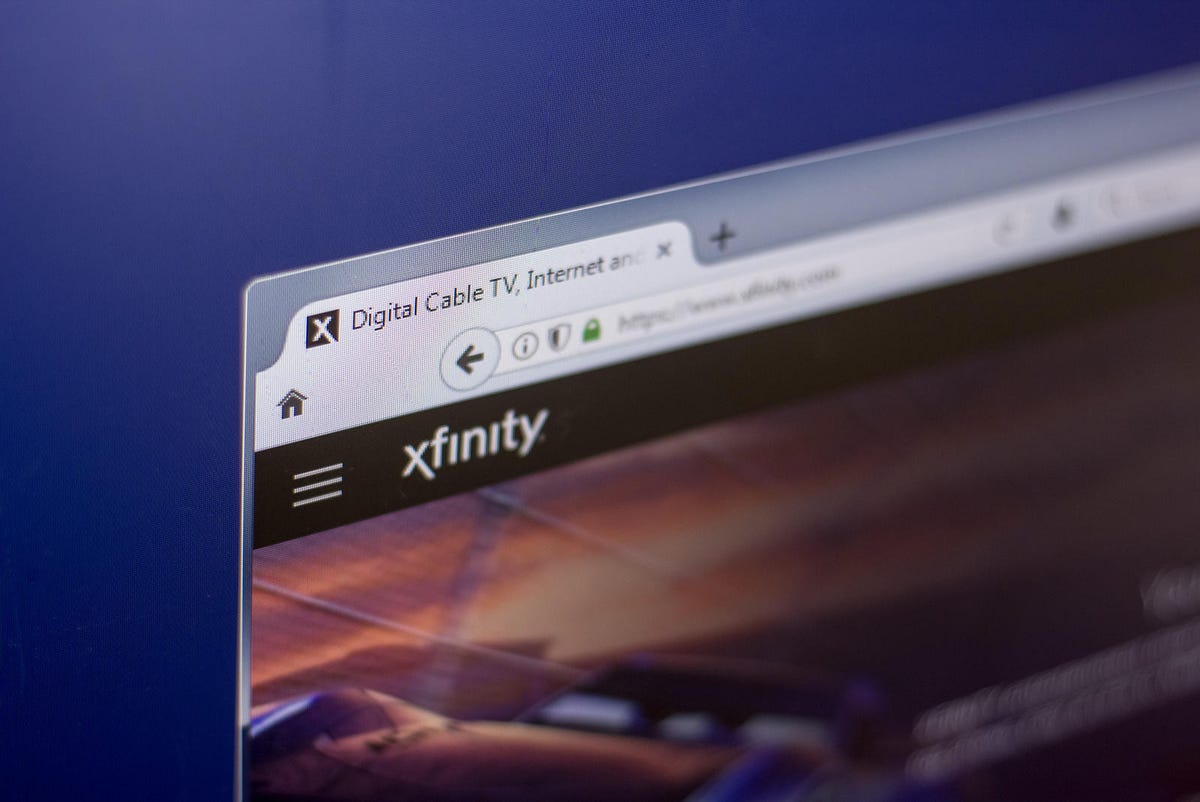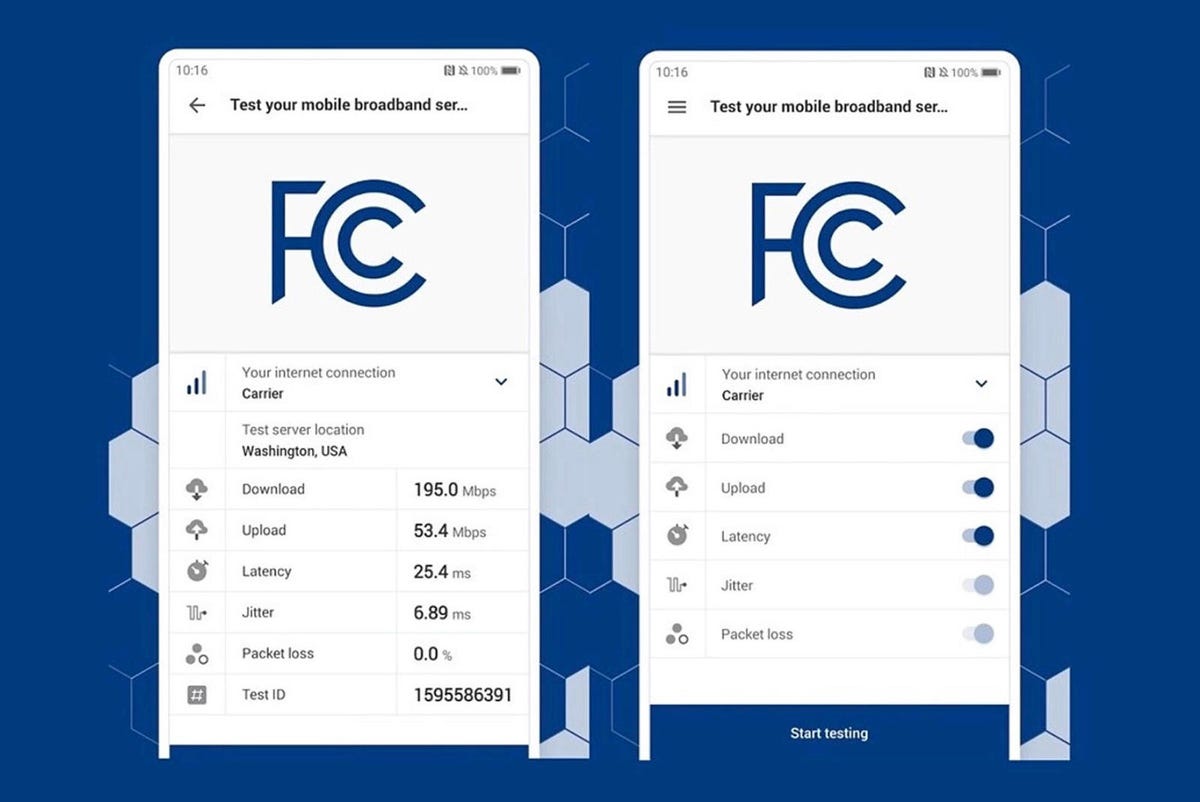As everyone knows, working from home (WFH) has been the norm for the past year. Enterprises are now gearing up for hybrid working arrangements and that means home internet connections remain critical for people who need to hop on a Microsoft Teams or Zoom video call while the kids are homeschooling, playing Fortnite, or watching Netflix.
Home broadband connections were put to the test during the initial COVID-19 phase of pandemic lockdowns around the globe as employees en masse logged in from managed and BYOD devices to business applications, Office 365, and Google Workspace over VPNs.
Broadband speeds are a top concern for Americans. US President Joe Biden’s $100 billion plan to bring affordable, reliable, high-speed broadband to all households could be a game-changer, but massive infrastructure projects take time and FTTH projects often falter.
The net neutrality debate is back on the agenda too with a Biden appointee Jessica Rosenworcel leading the Federal Communications Commission as the acting chairwoman. This has implications for Netflix, Amazon, Google, and Microsoft plus all the major ISPs, from AT&T to T-Mobile. Broadband speed tests could become a bigger part of the political debate about investing in America’s broadband infrastructure.
Rosenworcel noted that during the pandemic some Americans were sitting in parking lots using free Wi-Fi signals while students were falling in the “homework gap” because their broadband was too slow to join remote classes.
Here are five broadband speed tests that ZDNet considers trustworthy. But to get a true picture of your broadband speed, you’ll likely need to run the tests multiple times and check results across different devices throughout the day.
Customizing your speed test is a strength
Speedtest from Ookla, which also owns outage site, Downdetector, was one of the first broadband speed tests and offers a snapshot of download and upload speeds to an ISP via its website or a lightweight app for Windows 10 or macOS. It’s also available in 17 languages and if you set up an account, you can keep track of your speeds over time.
The service displays the current download and upload speeds, and measurements for ‘ping’, ‘jitter’, and packet loss. There are also options to change the local server that the ISP speed test is conducted with — a configuration option that most other tests lack. Plus, results can be shared on social media.
Ookla has some helpful explanatory notes for people who aren’t familiar with the ping test. It’s a latency test. Ookla says that less than 59 milliseconds (MS) ping is very good for online games. The FCC wants satellite broadband providers to deliver latency of below 100 ms to bid for a slice of its Rural Digital Opportunity Fund (RDOF). SpaceX says its Starlink satellites will provide a latency of 20ms to 40ms.
Also, if your Speedtest records 250 Mbps, you should be able to download a 1GB file in 30 seconds. 25 Mbps should be good for 4k video streaming.
Its website is useful for those who are curious enough to learn why a test on a mobile device returns a different result to a laptop or a device that’s physically connected to a router.
Each test taken with Speedtest uses Ookla’s server network of over 14,000 servers and reports back on key network health metrics, Nick Turner, a technical trainer at Ookla, tells ZDNet.
“There are Speedtest servers in virtually every country and major population center worldwide,” Turner said.
He argues that Ookla’s distributed server network makes it more accurate than many other tests.
“This enables us to more easily select ‘nearby’ servers or combinations of servers that are capable of delivering the sufficient bandwidth necessary to discover the most accurate maximum speeds to the device in question. Since our founding in 2006, an unparalleled total of more than 35 billion tests have been taken with Speedtest.”
Pros:
- It’s a general purpose broadband speed test in use since 2006
- It’s not from an ISP or a service provider
- Users can select the host server from which to test their ISP’s speed test
Cons:
- The site uses tech-lingo that some people might not understand
- It’s full of ads and ad trackers
A speed test for a specific web application
The Google Stadia online gaming platform has hit a few bumps since launching in 2019, but it is a massive platform and the company knows that consumer broadband speeds are critical for adoption.
Google recommends a download speed of no less than 10 Mbps to stream games on Stadia, but recommends faster speeds for displays with a resolution higher than 720p HD.
It teamed up with open source project Measurement Lab or M-Lab to run its speed test. The project is led by teams at Code for Science & Society and Google.
The Google Stadia web interface is pretty simple — literally a one-click task at Google’s Projectstream website from the “Check Now” button. It’s focussed on Stadia users and so, for accuracy, it recommends people use the device and network where they want to play and have a strong wi-fi or Ethernet connection. It also recommends halting current downloads and file-sharing, and closing tabs that are streaming video.
The measurement takes less than 30 seconds to complete and returns similar results to Ookla. At the least, it confirms whether you’ll have a decent experience when gaming on Stadia.
However, as Google notes, the test only provides a general indication of the quality of a connection and does not guarantee Stadia will work. Other factors include the device, ISP, and other activities that are consuming bandwidth.
Pros:
- It’s a general purpose broadband speed test in use since 2006
- It’s not from an ISP or a service provider
- Users can select the host server from which to test their ISP’s speed test
Cons:
- The site uses tech-lingo that some people might not understand
- It’s full of ads and ad trackers compared to other tests
Can you trust your ISP’s speed test?
As the US leader in gigabit internet, Comcast’s Xfinity xFi broadband speed test is a popular choice for Americans.
The speed test itself operates similarly to Google’s speed test, but the site has some pointers for customers wanting to explore why the speed results might not match the user’s plan. These are helpful but feel defensive, as if they were written to help reduce customer support calls for why a broadband isn’t as fast as advertised.
On the other hand, it provides more context about factors that can affect the home connection, such as an old home gateway lowering available bandwidth. The result also explains what the device being tested can do, such as streaming 4K video.
The site prioritizes download speeds but does have a “Show more” option to see upload speeds, latency, the internet protocol, and where the host server is located.
Results may vary depending on where you’re located. The test designed purely for American internet users.
Pros:
- The results are consistent with other speed tests
- It’s dead simple to use and there are no ads
- Test servers are located in the US
Cons:
- It is a test operated by an ISP
- The information it provides appears to help reduce support calls
A test for Netflix’s CDN
The good thing about Netflix’s Fast.com broadband speed is that it is run by Netflix, which has an interest in its customers having a fast enough connection to stream its content.
There are no lingering questions about potential bias from speed tests run by ISPs. Plus the tests are international, using servers where Netflix has installed appliances for its giant content delivery network (CDN).
Netflix has a vast CDN called Netflix Open Connect, which relies on Open Connect appliances installed within ISPs that peer with Netflix. That CDN is built around the principle of moving content closer to users and is how it delivers a fast streaming experience.
Hence, the Fast.com test is designed to test the connection between a person’s device and Netflix’s CDN servers. That means the results are specific to Netflix’s own network, which makes sense for the company but also means it looks at speeds from a particular perspective.
The Fast website keeps things simple by only showing the download speed. In my tests, it reported slower speeds than Oookla’s Speedtest. And it produced wildly different results between wifi tests on a 2017 macOS MacBook Pro (160Mbps) and an iPhone 12 (330 Mbps), with both on a modern router’s 5GHz frequency.
But on Fast.com you don’t even need to click ‘Go’; just opening the site in a browser tab starts the test. There’s also a “Show more” option, which provides latency speeds and upload speeds, as well as where the servers used in the test are located.
Pros:
- It’s designed to test the speed of your connection to Netflix’s servers
- There are no ads
- It’s relevant to your connection wherever you’re streaming Netflix from
Cons:
- It’s not really designed to test your ISP’s connection speed
- Results are specific to Netflix infrastructure
Take two speed tests for yourself and one for the country
The FCC in April launched the FCC Speed Test app. It’s available as an Android app in the Google Play Store and an iOS app in Apple’s App Store.
That means you can’t run the test from your desktop, but you are taking part in an important project for the commission to get a clearer picture of broadband quality across America.
The test produces results once you press the button to start the test in the mobile app. The data collected is used to help the FCC improve its broadband maps. Under the Trump administration, Microsoft argued the FCC was severely overestimating how many residents had access to fast broadband. Microsoft’s data suggested almost half of America’s population had access to speeds of at least 25 Mpbs rather than the 24 million estimated in the FCC’s maps.
Data is shared with the FCC’s Measuring Broadband America research program, an important national project that will help determine where funding is allocated in years to come. It’s a case where broadband speed tests aren’t just about your own connection speed, but the state of broadband across the nation.
“To close the gap between digital haves and have nots, we are working to build a comprehensive, user-friendly dataset on broadband availability,” said acting chairwoman Jessica Rosenworcel.
“Expanding the base of consumers who use the FCC Speed Test app will enable us to provide improved coverage information to the public and add to the measurement tools we’re developing to show where broadband is truly available throughout the United States.”
Why do you need to check your internet speed?
Speed tests are useful to remote workers who might need to figure out whether a poor connection is due to the ISP or something else, such as the home router, an internet routing issue, or even the device they’re testing from — be it a laptop, desktop or a smartphone. The tests can also be handy when disputing an ISP’s claimed speeds for a subscription.
Are some internet speed tests more reliable or trustworthy than others?
Results can vary widely between broadband speed tests and day-to-day due to changing network conditions. ZDNet considers the five five broadband speed tests above to be reliable and trustworthy. But to get a true picture of your broadband speed, you’ll likely need to run the tests multiple times and check results across different devices throughout the day.
How did we choose these internet speed tests?
ZDNet doesn’t vouch for one test over another. As explained, there are multiple broadband speed tests and people should . Some of them are designed to test a connection for a particular online service, such as Netflix or Stadia, while others can help customer dispute speed claims with ISPs, and the FCC’s speed test might help fill broadband gaps in the community.
Are there other internet speed tests worth considering?
OpenSignal for cellular networks
OpenSignal started out with mobile speed tests and regularly produces reports about 4G and 5G speed results around the world. It crowdsources its results and now also returns results for wifi speeds, but its focus is squarely on the mobile experience.



























